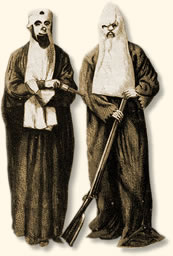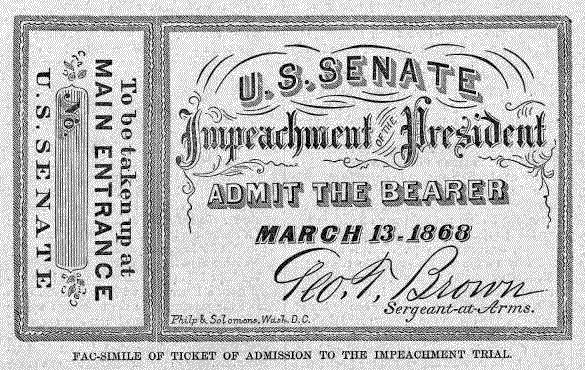 |
| A Freedman's School for freed slaves. |
During Reconstruction, the 15th Amendment was passed and gave African Americans the right to vote. Though few could read or write, almost 90% of qualified African Americans exercised their new right. After Reconstruction, many former slaves had to decide what they would do without land, a job, or money. Most had little to no education and limited skills outside of farming. Many former slaves took advantage of their new ability to travel by leaving their plantations and moving to larger Southern cities in search of jobs or to find family members that they had been separated from. The Freedmen's Bureau also helped former slaves find their lost family members, though a lot of the time they families were never reconnected.
After Reconstruction, many freed slaves also sought education because it was formerly illegal. Now, many private and public organizations, like the Freedmen's Bureau, assisted African Americans in forming educational institutions. As well as schools, African Americans founded and built their own churches and volunteer programs. For example, they established trade associations, political organizations, and drama groups that provided financial and emotional support for their members as well as offered leadership roles within the community.
“RADICAL” OR “MILITARY” RECONSTRUCTION
The period of time after the Civil War when Lincoln tried to rebuild the nation after the Civil War was known as the Reconstruction. Lincoln decided to make the South’s re-entry into the Union as easy and quick as possible. However, some Radical Republicans, like Charles Sumner and Thaddeus Stevens wanted to the political power of Southern slaveholders. They also wanted African Americans to have full citizenship and the right to vote. This was “radical” at the time because no other country that abolished slavery had also given the former slaves the right to vote. Another example of reconstruction that was considered radical at the time was the Civil Rights Act of 1866. This law forbade states from making laws, such as black codes, that discriminated or restricted African American lives.
Besides slavery, Reconstruction also affected the military. The Reconstruction Act of 1867 split former Confederate states into districts that were headed by Union officers. The districts, including African Americans, would then vote on the new state constitution. This ensured that all people had an equal say.
 |
| Members of the Ku Klux Klan. |
The military rule started with Johnson but it was Grant that really cracked down on the south. The Ku Klux Klan was trying to prevent African Americans from progressing politically and economically. One example of military rule was the enforcement act of 1870 and 1871 in response to the Ku Klux Klan. One act would allow for supervision of voting in the south by the government and the other act allows for military troops to be in any place the Klan was active. Even though the Klan's activities decreased in the 1870s, they were still able to limit the political and civil of African Americans.
PRESIDENTIAL RECONSTRUCTION
 |
| President Grant. |
During the "presidential reconstruction" slaves were still having their rights limited. Individual states would make it near impossible for a slave to register to vote. Businesses were also making them sign contracts where they would work for a certain amount of time and if the slaves did get a job they were not paid well. During the reconstruction Mississippi and South Carolina had enacted black codes in 1865 that restricted African Americans lives. Soon after Mississippi and South Carolina enforced the black codes, other southern states soon followed.
LIFE FOR FREEDMEN AFTER RECONSTRUCTION
 |
| Georgia newspaper announces the abolishment of slavery. |
The Reconstruction era did not bring about much change. The Ku Klux Klan discriminated against blacks for their race. However, by the time the period ended, African Americans had founded colleges that they were able to attend. The Thirteenth and Fourteenth Amendments were also passed, which gave them freedom and allowed them to participate in government.











